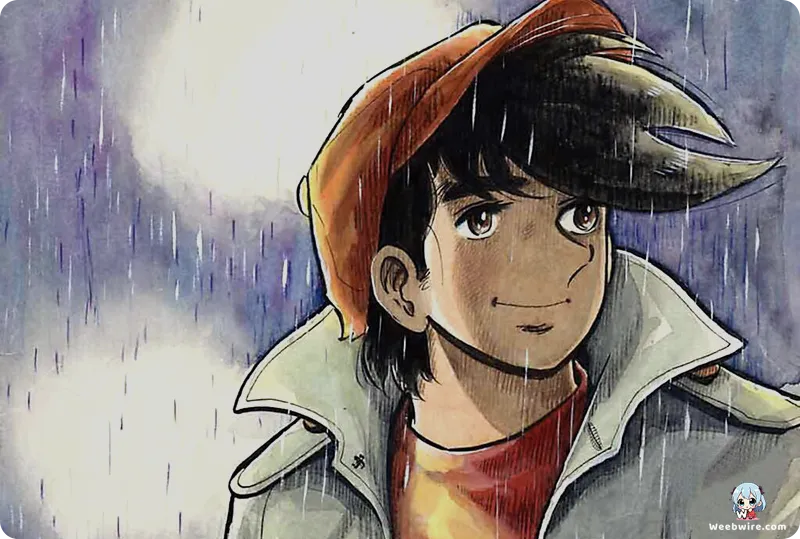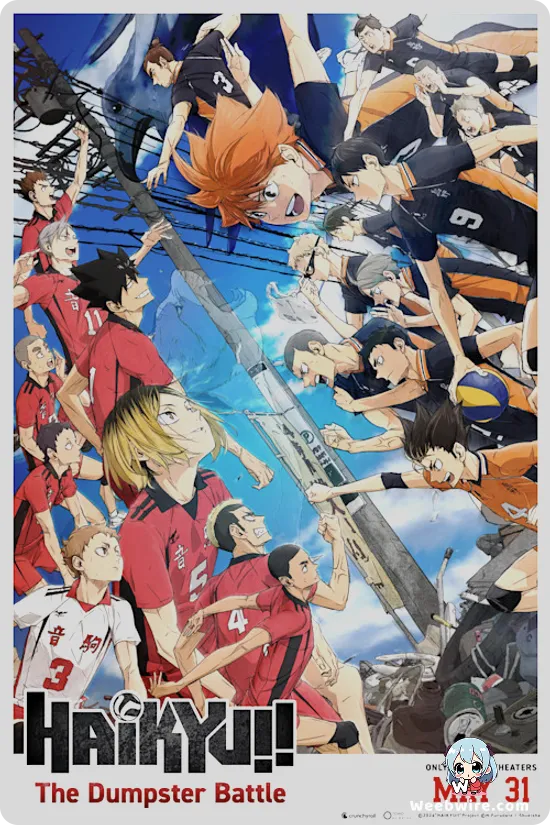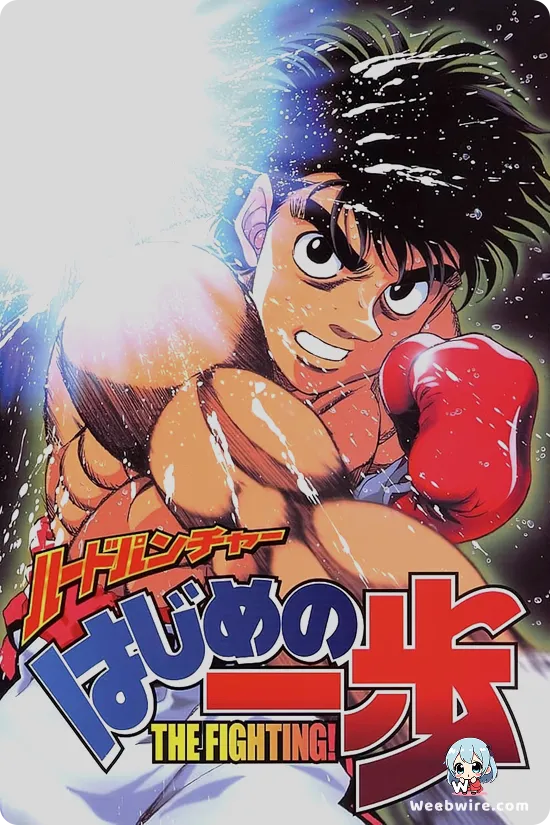The Real-Life Funeral for a Fictional Boxer: Unpacking the Unprecedented Cultural Legacy of Tomorrow's Joe

Few narratives possess the raw emotional power and profound cultural resonance of Tomorrow's Joe (Ashita no Joe). Since its anime debut in 1970 by Mushi Production, adapting the seminal manga by Asao Takamori and Tetsuya Chiba, this saga has transcended mere entertainment to become a cornerstone of post-war Japanese identity. While the fundamental story detailing Joe Yabuki's brutal ascent from the poverty-stricken slums to the apex of the boxing world is widely known, the series' true measure lies within the extraordinary, often overlooked facts surrounding its initial broadcast and enduring legacy. These elements illustrate unparalleled fan devotion and the intense pressures inherent in early animation production.
The Unprecedented Funeral for Toru Rikiishi
The most compelling anecdote surrounding Tomorrow's Joe remains the unprecedented, real-life funeral organized for the character Toru Rikiishi. Rikiishi, Joe’s fierce rival and complicated friend, tragically succumbed after a grueling championship bout, his death precipitated by the severe strain of maintaining weight requirements. This fictional demise in 1970 triggered a national flood of sorrow, signifying a depth of public grief seldom matched by media today. Fans experienced more than just sadness; they felt a palpable, personal bereavement.
Consequently, on March 24, 1970, a formal funeral ceremony was orchestrated and conducted at the headquarters of publisher Kodansha. This was far from a niche gathering; it drew hundreds of fervent fans, alongside notable poets, cultural critics, and public figures. The solemn event was officiated by Shuji Terayama, the renowned avant-garde poet and dramatist, who delivered a poignant eulogy. Complete with a coffin, floral arrangements, and traditional Buddhist rites, Rikiishi’s fictional passing was treated with absolute gravity and respect. This historic event serves as a powerful testament to how profoundly the themes of sacrifice, struggle, and the obsessive pursuit of honor within Tomorrow's Joe had permeated the national consciousness, effectively dissolving the boundary between narrative fiction and reality.
Mushi Production's Volatile Era
The challenges faced by Mushi Production, the studio founded by the legendary Osamu Tezuka, further contribute to the series’ lore. Tomorrow's Joe was created during a volatile era marked by financial instability and creative tension within the studio. The 1970 series' distinctive, raw, and dramatically minimalist animation which perfectly captured the manga's gritty atmosphere was partially a byproduct of the severe budgetary constraints and punishing deadlines typical of the studio's output. This high-pressure setting arguably heightened the anime's visceral impact and intensity, demonstrating how artistic limitation can sometimes foster profound stylistic breakthroughs. The initial run spanned a substantial 79 episodes, paving the way for the sequel series, Joe 2, later produced by TMS Entertainment in the 1980s.

The Iconic 'Burnt Out White' Conclusion
Finally, the series boasts one of the most iconic and debated conclusions in anime history. Tomorrow's Joe closes not with a clear-cut resolution, but with Joe Yabuki seated in his corner following his final, devastating fight, enveloped in a white glow or steam, bearing a peaceful, almost serene smile. This indelible image, famously referred to as 'Joe, burnt out white,' is a stroke of narrative ambiguity. The dominant interpretation suggests Joe achieved his ultimate philosophical objective: to burn his life brilliantly, completely, and without reservation, living fully until the very end.
Whether this expression signals his death, finally yielding to the cumulative trauma of his fighting life, or simply the attainment of absolute spiritual exhaustion and fulfillment, remains perpetually open to interpretation. This deliberate refusal of a simplistic ending ensures the series retains its powerful philosophical grip on generations of viewers. The core concept of moeagare (to burn brightly) emerged directly from Joe's philosophy, becoming a widespread cultural metaphor for living passionately, irrespective of the final outcome.
Credits
Tomorrow's Joe
Author
Asao Takamori (Ikki Kajiwara)
Cover Art
Tetsuya Chiba
Studio
Mushi Production
Publisher
Kodansha
Producers





